Industry information
Company News
- Aluminum veneer curtain wall: the beauty of architecture, details determine everything
- Fluorocarbon aluminum veneer: the "bulletproof vest" in the aluminum industry
- Unlimited creativity, perforated aluminum veneer: the fashionable choice for modern architecture
- Carved aluminum veneer: a magnificent turn of aluminum art
- Customized aluminum veneer, creating a new choice for personalized space!
Industry dynamics
- Aluminum veneer customization, creating an artistic journey of personalized space
- Economic analysis of aluminum veneer prices
- Production equipment and technology for aluminum veneer
- Analysis of Construction Precautions for Fluorocarbon Aluminum Single Panel Ceiling
- Ancient charm and modern style, carved aluminum veneer interprets modern home aesthetics
Frequently asked questions
- What is the processing and manufacturing process of aluminum veneer?
- What is the sales market for aluminum veneer?
- What are the product characteristics of aluminum veneer?
- What are the applications of aluminum veneer in architectural decoration?
- What safety issues should be paid attention to in the production and manufacturing of aluminum veneer?
contact us
Mobile:+86 15627778610
Email: 2201229786
Address: No. 5 Binjiang Road, High tech Zone, Zhaoqing City, Guangdong Province
What is the plasticity of aluminum veneer?
- Author: Supreme Building Materials (Guangdong) Co., Ltd
- Release time: 2022-03-04 16:06:41
- Click:0

Aluminum veneer, as a new type of building material, has attracted much attention for its plasticity. Let's learn about the plasticity of aluminum veneer together.
The material of aluminum veneer has an impact on its plasticity. Generally speaking, pure aluminum has relatively hard properties, while some alloy materials, such as aluminum alloys, magnesium alloys, etc., have high plasticity. These alloy materials have added some special elements such as lithium, zirconium, copper, etc. during the manufacturing process, which can effectively improve their plasticity.
The use and environment of aluminum veneer can also affect its plasticity. For example, in humid areas or high humidity environments, aluminum veneer is susceptible to moisture erosion and corrosion, thereby reducing its plasticity. When selecting aluminum veneer, it is necessary to consider and choose according to specific climate and environmental conditions to ensure that it can adapt to the local natural environment.
The plasticity of aluminum veneer refers to its ability to deform under external forces. Under normal circumstances, aluminum veneer has good plasticity and can withstand certain deformations without breaking or being damaged. However, even beyond a certain level, aluminum veneers may still break or be damaged.
To maximize the plasticity of aluminum veneer, the following measures can be taken:
1. Fully consider the plasticity requirements of aluminum veneer in the design and construction process, arrange its position and size reasonably, and avoid excessive pressure or deformation that may cause fracture or damage.
2. Before installing aluminum veneer, reserve holes or set up reinforcement structures to withstand and disperse forces when subjected to external impacts without affecting the overall stability of the building.
3. After installing the aluminum veneer, conduct regular inspections and maintenance to promptly identify and repair problems caused by insufficient plasticity.
The plasticity of aluminum veneer is an important parameter that directly affects the service life of aluminum veneer and the overall stability of buildings. Through reasonable design and construction methods, as well as regular inspection and maintenance, the plasticity of aluminum veneer can be maximized, making it more durable and reliable.

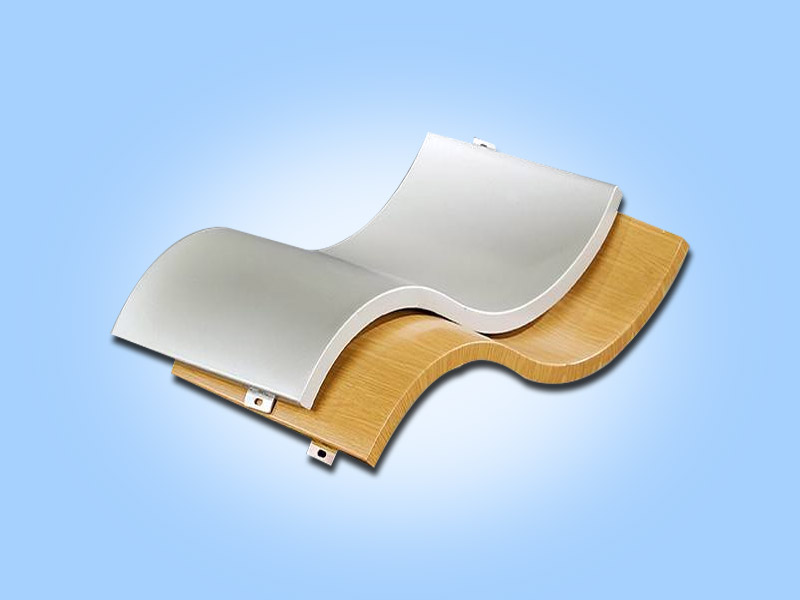
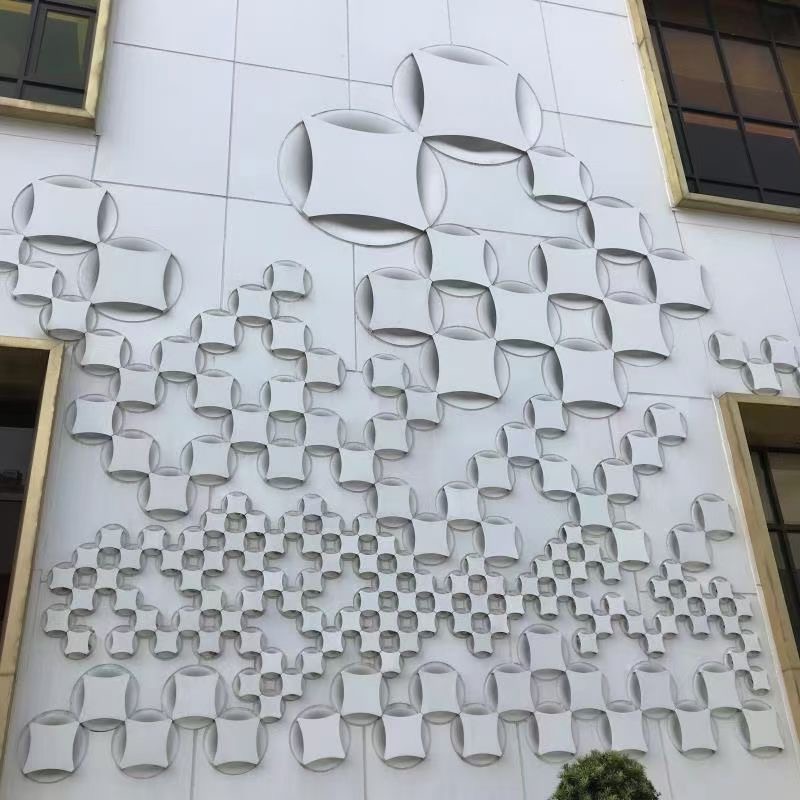
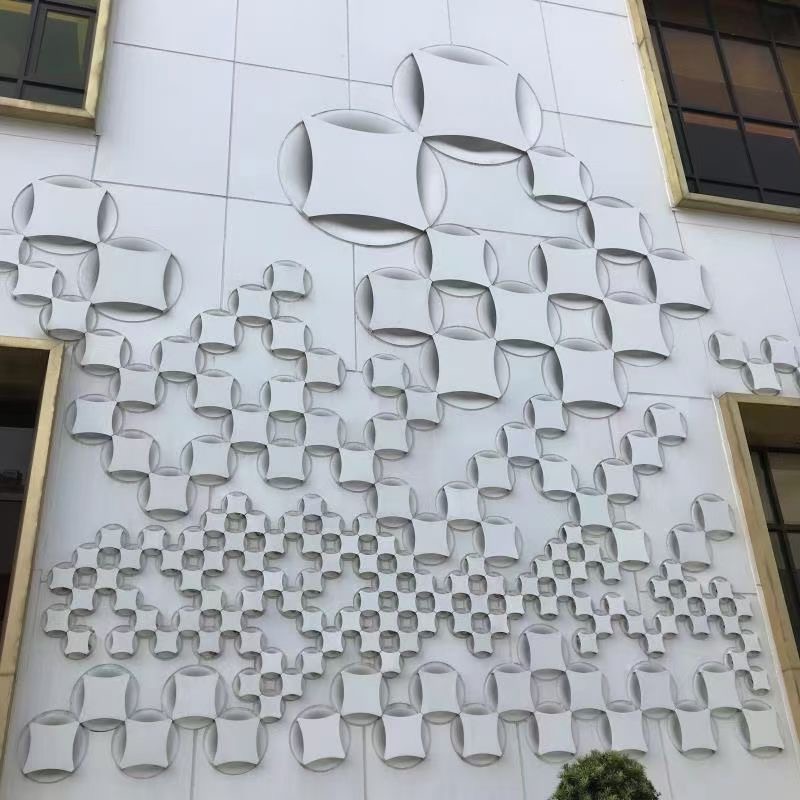
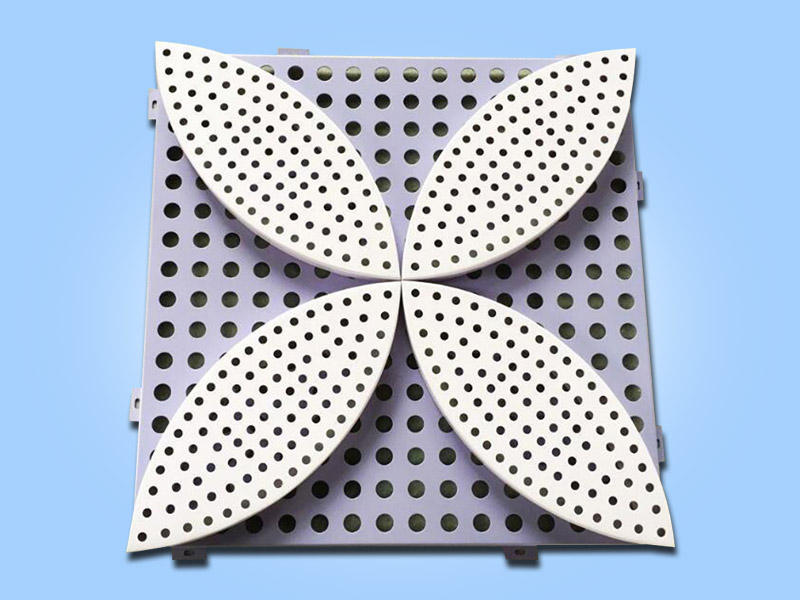
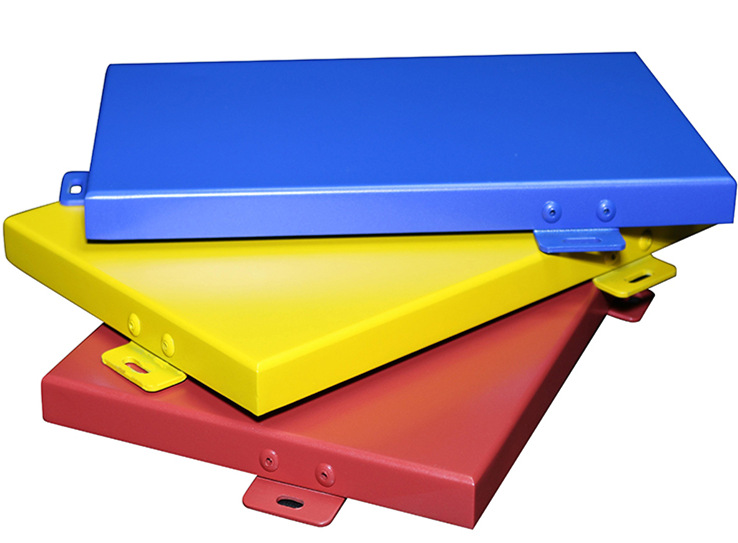
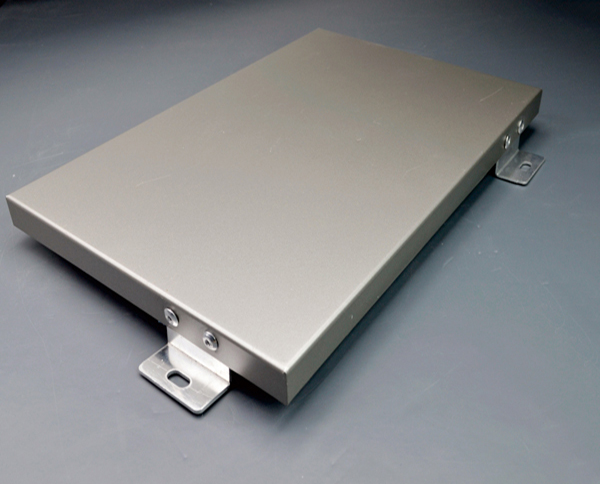
 Customer service QQ
Customer service QQ